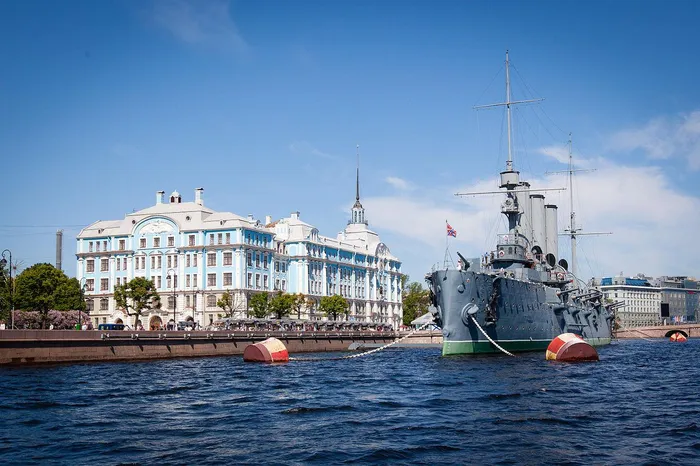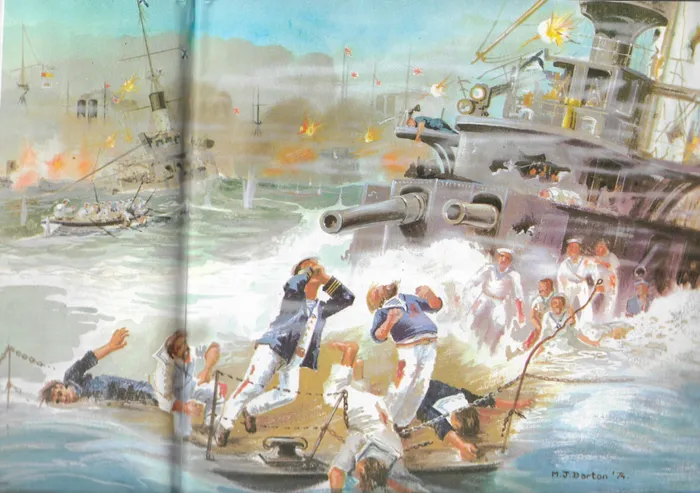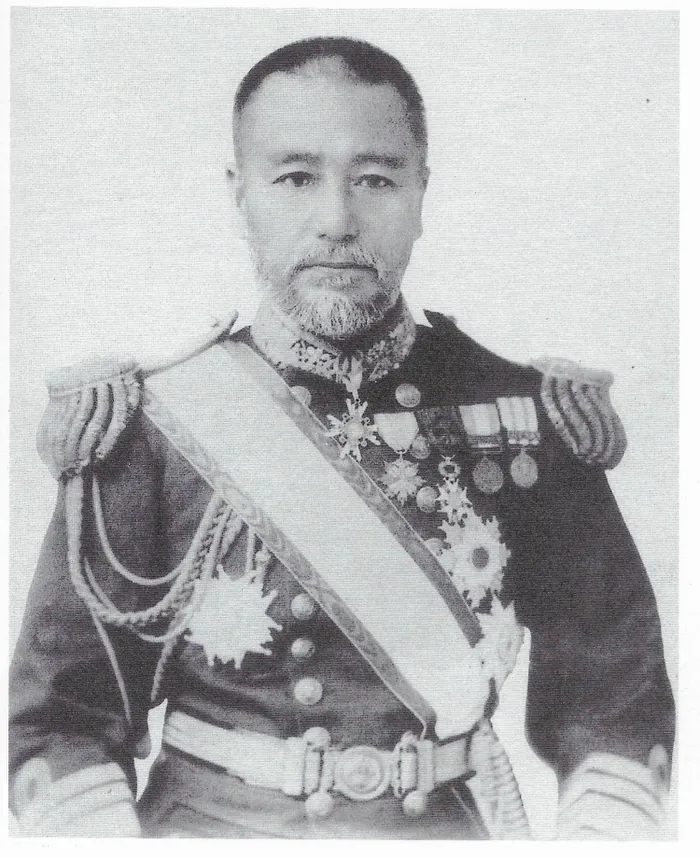The Battle of Tsushima: triumph and tragedy in naval warfare

Aurora docked near the Nakhimov Naval School in St Petersburg
Image: Wikipedia
As the sun rose on 27 May 1905, a significant chapter in naval warfare unfolded in an otherwise tranquil sea—the Battle of Tsushima. One hundred and twenty years ago, Japanese admiral Togo's orders, "The fate of our Empire rests on the outcome of this battle. Let each man do his utmost," echoed across the waters, foreshadowing a clash that would not only determine regional dominance but reshape the world balance of power. Dr Gustav Hendrich looks at what led to that fateful day.
The backdrop to this monumental confrontation was the culmination of escalating imperial rivalries in the Far East. By the turn of the 20th century, Russian ambitions, particularly in mineral-rich Manchuria and the strategically pivotal Korean Peninsula, were coming into direct conflict with Japan's own aspirations. Following their notable victory in the Sino-Japanese War of 1895, Japan found itself at odds with the might of Tsar Nicholas II's Russia. The opening shots were fired on 8 February 1904 when the Japanese launched a surprise attack on the Russian Pacific fleet at Port Arthur, signalling the onset of the Russo-Japanese War.

Admiral Rodzhestvensky, commander of the doomed Baltic fleet
Image: Richard Hill, War at Sea in the Ironclad Age
In a desperate bid to regain their foothold in the East, Tsar Nicholas II made the fateful decision to dispatch the Baltic Fleet on a perilous journey across the globe. Commanded by Admiral Rodzestvensky, the fleet’s voyage was fraught with hardships—including coal shortages, crew fatigue, and ominous morale issues. The exhaustive trek culminated in the damp atmosphere of the Sea of Japan, just off Tsushima, where history awaited them.
While the Russian navy arrived beleaguered and battle-weary, the Japanese fleet, a testament to naval modernisation and discipline, was poised for combat. Under Togo's tactical genius, Japan executed a strategic "crossing of the T," allowing their ships to unleash devastating broadsides while the Russian fleet struggled to respond. This manoeuvre not only showcased Japanese naval supremacy but also marked a tragic turning point for Russia.

Painting by M Barton of the sinking of the Russian battleship Borodino at Tsushima
Image: History of Ships
The resulting bloodbath saw the Russian battleship Osliaba sunk, while others suffered similarly catastrophic fates. Enabled by Togo’s astute command, the Japanese fleet methodically dismantled the Russian forces—turning proud warships into blazing wrecks. Even Admiral Rodzestvensky was gravely injured, rendering him helpless amidst the chaos before being evacuated from his own sinking flagship.
The final surrender that followed was staggering in its implications. With 19 ships destroyed and thousands of Russian sailors either killed or taken prisoner, the scale of the defeat marked a watershed moment in naval history. Conversely, Japan’s losses were minimal—a stark contrast defying the expected norms of imperial warfare.

Admiral Togo, a masterful naval tactician
Image: Richard Hill: War at Sea in the Ironclad Age
For Russia, the profound humiliation compelled Tsar Nicholas II to seek a peace treaty, signed at Portsmouth, England. The effects rippled across the empire, sowing discontent that would eventually contribute to the upheaval leading to the Russian Revolution of 1917.
The Battle of Tsushima not only escalated Japan’s status to that of a formidable imperial power but also marked the first instance in which a major European power was defeated by an ‘inferior’ Asian nation. This shifting perception fundamentally altered the geopolitical landscape and inspired renewed national pride in Japan.

Batteship Mikasa museum ship in Yokosuka, Japan
Image: Wikipedia
Today, the legacy of Tsushima is preserved in museums housing the Mikasa in Yokosuka and the cruiser Aurora in St. Petersburg, serving as poignant reminders of this pivotal event. These vessels stand as symbols of not just military history but as testaments to the intricacies of change in global power dynamics, bridging the past with the present.
*Hendrich is a researcher and historian.
Weekend Argus
Related Topics:
